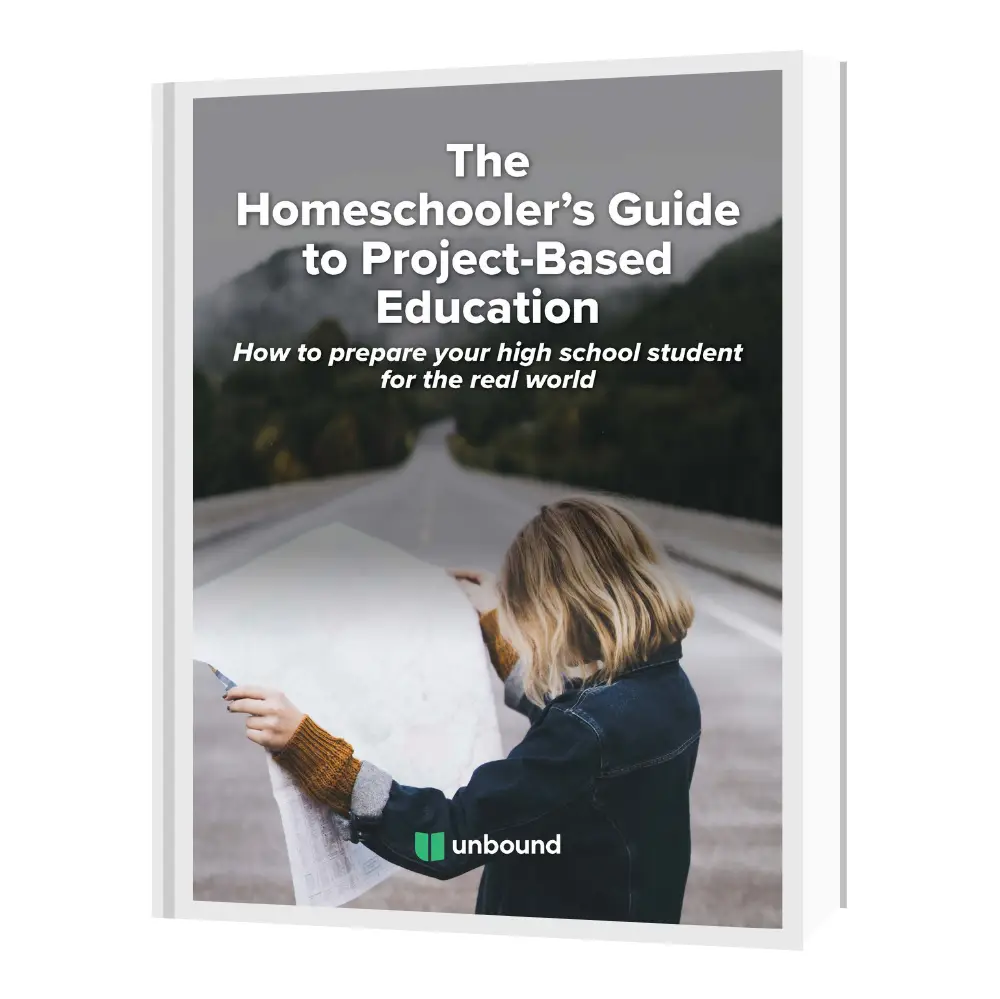Where Did All the Third Places Go? How Young Adults Are Reclaiming Real Community
In a recent episode of the Be Unbound podcast, we sat down with a group of high school students from Acton Academy who created something pretty incredible: a documentary called Age of Isolation. It’s all about loneliness, the loss of social connection, and how we’ve slowly let go of the “third places” that used to bring us together, like coffee shops, libraries, and bowling alleys.
We talked about how COVID-19 and social media have shaped their generation, what they discovered while making the film, and what they’re doing now through something they started called The Connection Project. Their perspective challenged us, encouraged us, and honestly gave us a lot of hope.
If you’ve felt the weight of disconnection or wondered why it’s harder to build community these days, this conversation is for you. Read this article for a quick glimpse into what we discussed. To hear the full conversation, check out the video below!
What is a “Third Place”?
“Third Place” was a term coined maybe 70 or so years ago now. The idea was that your first place is your home, your second place is your work, and then your third place is where you go for everything else—mainly for the purpose of socialization.
These places, even as recently as 20 years ago, were coffee shops, arcades, and bowling alleys.
They were places where people could go for little to no monetary contribution and just have a good time and connect with people outside of their normal social circle.
The future of education in your inbox.
Get productivity tips, commentary, and Unbound updates sent to you!
They attracted people from all socioeconomic backgrounds who came together in one spot, had a good time, and got to know each other.
Why Third Places Are Disappearing
Research shows that these places are dying out.
Arcades are a thing of the past; bowling alleys are slowly disappearing. Movie theaters used to be huge—now, you rarely hear about anyone going anymore.
If you visit former Third Place locations like trampoline parks or beaches, you don’t see young adults there anymore.
That’s the effect of losing third places: young people can’t find others their age to connect with in real life.
And those who’ve never experienced third places often don’t realize how important they are.
People try to replicate them online, but it just doesn’t provide the same kind of connection. A real Third Place needs to be in person, accessible without high costs, and open to people from all backgrounds.
The Social Impact on Young Adults
One Third Place that still exists in some communities—and was discussed on the podcast—is the local gym.
Of course, the main reason people go to the gym is to exercise.
But a secondary reason is for the people. If you’re open to it, you can find yourself in a 30–45 minute conversation with someone from your local community before or after your workout.
It can still be hard to find fellow young adults at the gym, but even if it attracts an older generation, there’s value in that. Multi-generational community can teach you a lot.
Gyms, Tocqueville, and the Legacy of Connection
During our conversation, the students we interviewed brought up Alex de Tocqueville, an early Colonial America–era writer who toured the United States and made some interesting observations.
One of them was that Americans are ‘joiners.’
They create spaces for connection—like the bowling alleys and bowling leagues popular 20+ years ago.
He described these as ‘intermediating institutions’: structures outside of government that provide services and community built by the people themselves. From his perspective, this was uniquely American.
It was different from what he saw in Europe and helped explain America’s distinct sense of independence and freedom.
Today, many commentators say those institutions are vanishing. The book “Bowling Alone” captures this exact idea if you want to explore further.
Social Media: Tool or Trap?
When talking about community loss, COVID and social media always come up.
Young adults today are native social media users. They’ve grown up in a world where everyone has a phone and plays video games—those are just default aspects of daily life.
Most people know, at least on some level, that too much social media isn’t good for them. But it’s addicting, and that makes it hard to give up.
Social media was supposed to connect us, but most of the time, it does the opposite. We’re more connected online—and less connected in real life.
It’s the reality of having a thousand online ‘friends’ but only two real-life confidants.
Surveys show that over a third of high schoolers in 2025 would be interested in using a dumb phone with no social media. But when asked if they would actually buy one? Less than 2% said yes.
People recognize the problem. They just aren’t willing to be the only one to change.
It’s an all-or-nothing issue. Either everyone gets off social media, or no one does. The fear of missing out is too strong.
That said, there are helpful applications for social media—especially in business. It gives people a platform to reach millions, even billions.
When used intentionally, it can support causes, solve problems, and create real connection. But the key is to use it as a tool—not just because you can.
If every connection on social media was meaningful and you took the time to build real relationships, people would love it. Instead, it has a love-hate reputation.
We wouldn’t feel such pressure to give it up or put our phones down all the time if it were actually fulfilling its promise.
The issue is that most people treat social media like a two-way conversation—it’s not. It’s usually one-sided.
And because many don’t put effort into creating thoughtful content, we end up with a flood of meaningless posts.
COVID’s Lingering Effects
Young adults were at a formative age when COVID hit. Many were just entering high school.
The isolation and quarantines left long-term effects on how people connect.
Before COVID, people interacted more often and more naturally. We went more places. Shopping happened in stores, not online.
Since then, e-commerce and remote everything have removed many opportunities for face-to-face connection.
That shift has changed the way young adults approach community—and not always for the better.
Say Yes to Real Life
So how are young adults responding to this world of disconnected connection?
If you don’t want to be chronically online—if you want in-person connection and local community—what can you do?
There’s a YouTube channel answering this very questions called “Yes Theory”. Its whole mission is to encourage people to say yes to new things.
Go try something—even if you don’t feel like it. You’ll learn from it. You might have a great time.
And if you don’t like it, you don’t have to do it again. It’s just one day. But that one day could teach you something.
Just say yes.
Go do the thing.
Get all the experience you can.
Make new friends. Share meaningful experiences. Build real-life connection.
It’s easy to stay on your couch and scroll your phone—you’ve got everything right there. The options feel endless.
But go out anyway. Even if you don’t feel social, even if you don’t want to talk to anyone, go do something.
Go to a coffee shop. Get food. Run around the park. Just go do something different. Get out of the house.
Final Thoughts
If you’re tired of feeling disconnected, start small.
Say yes to one thing this week that puts you in real community.
You don’t have to fix everything at once—but real connection starts when you step out the door.If you want to listen to full interview on the Be Unbound podcast that inspired this article, click here!

Ellie Smith is the VP of Sales and Operations for Unbound. She is a homeschool and Unbound graduate with a degree in Communications from Thomas Edison State University. In 2017 and 2018, she served on the Unbound National Student Cabinet as the Director of Sales and Marketing. In 2019, she traveled to Ecuador with Unbound’s mission team.
When Ellie isn’t working with our awesome students, she’s probably reading too many books at once, working on a graphic design or hand lettering project, or napping. Because naps are awesome. Her favorite meals are street tacos, popcorn, and coffee.



